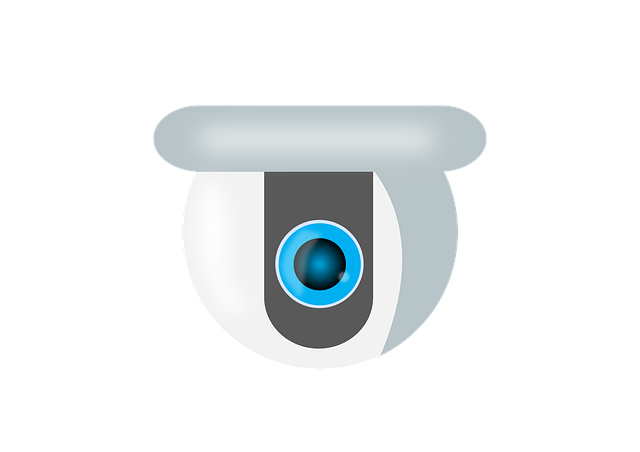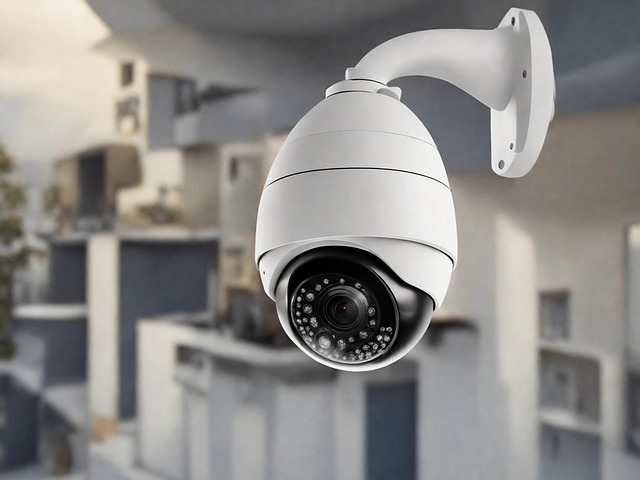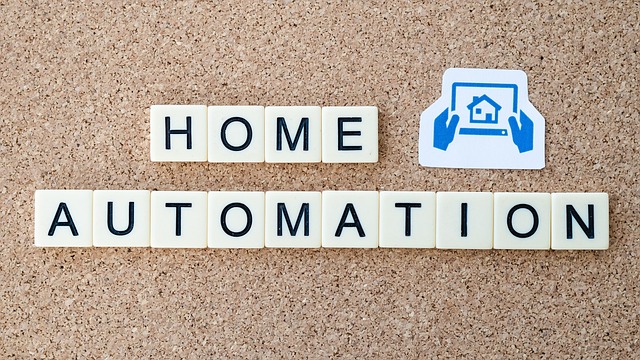Home networks integrating smart devices and IoT gadgets are essential for modern living, but they raise significant security concerns. Surveillance systems, seamlessly integrated with these networks, offer real-time home security footage, remote monitoring, instant alerts, and deterrence against intruders. Compatibility with standard protocols like Wi-Fi or Ethernet, cloud integration for remote access, QoS settings for bandwidth management, and unified control over smart devices enhance overall home security. Best practices including firmware updates, strong encryption, structured networking, continuous technological advancements, regular maintenance, and backups ensure optimal home security footage quality and accessibility.
In today’s digital era, the seamless integration of surveillance with home networks is transforming the way we perceive home safety. Understanding the intricate dynamics of home networks and their inherent security needs is paramount. This article delves into the crucial role of surveillance in enhancing home safety through advanced technology, offering a comprehensive guide on technical considerations for integration. By exploring benefits like real-time monitoring and improved incident response, it highlights best practices for implementing a unified home network system, ensuring continuous improvement and enhanced peace of mind with readily accessible home security footage.
- Understanding Home Networks and Their Security Needs
- The Role of Surveillance in Enhancing Home Safety
- Technical Considerations for Seamless Integration
- Benefits of a Unified Home Network System
- Implementing Best Practices for Continuous Improvement
Understanding Home Networks and Their Security Needs

Home networks, often comprising smart devices, entertainment systems, and IoT (Internet of Things) gadgets, are an integral part of modern living. These interconnected devices create a complex yet efficient ecosystem within the home. However, with this level of connectivity comes heightened security concerns. Home security footage is one such critical aspect, offering peace of mind and a layer of protection.
The need for secure home networks is evident as hackers and cybercriminals increasingly target residential properties. Integrating surveillance systems seamlessly into these networks allows for real-time monitoring, instant alerts, and remote access to home security footage. This ensures that homeowners can keep an eye on their properties, deter potential intruders, and quickly respond to any threats or emergencies.
The Role of Surveillance in Enhancing Home Safety

Surveillance plays a pivotal role in enhancing home safety, providing homeowners with valuable peace of mind. By seamlessly integrating surveillance systems with home networks, individuals can monitor their properties in real-time, regardless of their location. This technology offers a range of benefits, from deterring potential intruders to capturing crucial evidence for future reference. With the ability to access live and recorded home security footage, homeowners can quickly respond to any suspicious activities, ensuring the safety and well-being of their families and belongings.
The integration of surveillance technology into home networks allows for a comprehensive view of one’s property, inside and out. Motion sensors, high-definition cameras, and advanced analytics enable the detection of unusual behaviors, providing an early warning system against potential threats. This proactive approach to home security footage analysis empowers residents to take immediate action, enhancing their overall sense of security and tranquility within their homes.
Technical Considerations for Seamless Integration

When integrating surveillance with home networks, several technical considerations ensure seamless and effective operation. The first crucial step is selecting compatible devices that can communicate efficiently over your existing network infrastructure. This involves choosing cameras, sensors, and control systems that utilize standard protocols like Wi-Fi or Ethernet to transmit data, ensuring compatibility with most modern routers and switches. Additionally, cloud integration for storage and remote access should be evaluated, allowing users to review home security footage from anywhere at any time.
Another vital aspect is network bandwidth management. With constant streaming of video data, it’s essential to ensure your network has sufficient capacity. Upgrading to higher-speed internet plans or optimizing existing connections through QoS (Quality of Service) settings can help manage bandwidth allocation, ensuring smooth and uninterrupted access to home security footage even during peak usage times.
Benefits of a Unified Home Network System

A unified home network system offers numerous benefits, especially in enhancing overall home security. By seamlessly integrating surveillance cameras with other smart home devices, users can enjoy a comprehensive monitoring solution. This means that your home security footage can be accessed from anywhere at any time, providing peace of mind and quick response times during emergencies.
Moreover, a unified network streamlines the management of home security. With all devices connected, you can control lighting, temperature, and security systems through a single interface. This centralization simplifies routines and ensures that your home is not only secure but also energetically efficient.
Implementing Best Practices for Continuous Improvement

Implementing best practices ensures a seamless integration of surveillance with home networks, enhancing overall home security footage quality and accessibility. Regularly updating firmware for cameras and network devices is crucial to stay ahead of potential vulnerabilities. Using strong encryption protocols prevents unauthorized access, safeguarding intimate moments captured by security footage. Moreover, adopting a structured network layout allows for efficient data management and quick retrieval of recordings.
Continuous improvement involves staying informed about emerging technologies in the home surveillance space. Upgrading hardware with advanced features like motion detection, facial recognition, and higher resolution cameras can significantly enhance security measures. Regular maintenance checks and backups ensure reliable access to home security footage when needed, fostering a secure living environment.
The seamless integration of surveillance with home networks offers a comprehensive solution for enhanced home security and peace of mind. By understanding the security needs of home networks and leveraging surveillance technology, homeowners can benefit from real-time monitoring and access to valuable home security footage. Technical considerations, such as network compatibility and data encryption, ensure a smooth experience. The resulting unified home network system provides not only increased safety but also convenience and improved quality of life. Continuous improvement through best practices ensures that homes remain secure in an ever-evolving digital landscape.
